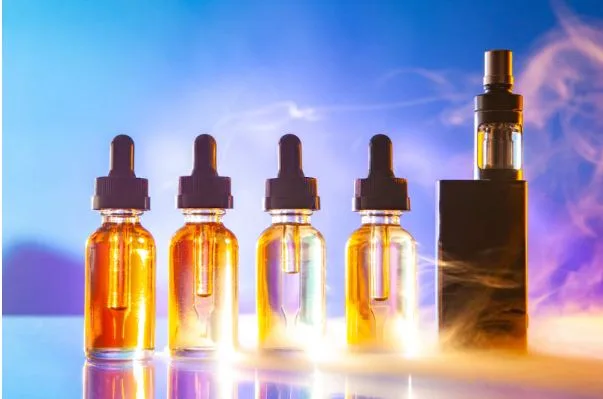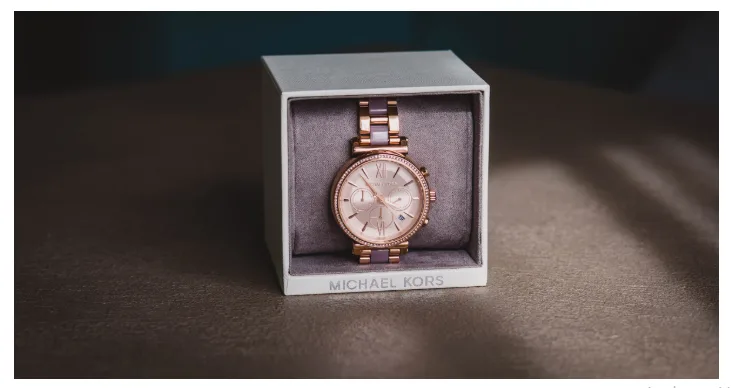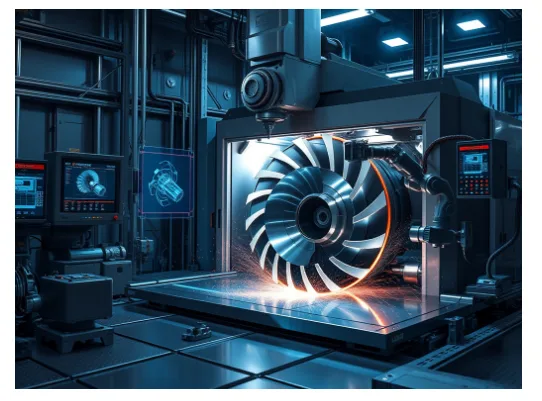The History of the E-Liquids Industry
TL;DR
- E-liquids trace back to early smokeless patents in the 1960s but gained traction after Hon Lik’s modern e-cigarette in 2003.
- The 2000s saw commercial e-liquids rise, initially in simple tobacco and menthol flavors.
- Flavor innovation exploded in the 2010s, shaping vaping culture and identity.
- Different types emerged, including freebase, nicotine salts, and zero-nicotine options
- Regulations like the EU’s TPD and the US FDA framework improved safety and standardized the market.
- The future points toward sustainability, synthetic nicotine, and continued innovation balanced with compliance.
The Origins of E-Liquids: From Concept to First Prototypes
The story of e-liquids begins with the search for alternatives to traditional tobacco. The idea of vaporizing nicotine isn’t new – patents for smokeless devices date back to the 1960s.
However, it wasn’t until 2003 that Hon Lik, a Chinese pharmacist, successfully created the modern e-cigarette. His invention relied on heating a liquid mixture of nicotine, water, and flavorings to produce inhalable vapor. This breakthrough laid the foundation for the e-liquids we know today.
While early prototypes were basic and limited in flavor, they showed the potential of liquid-based vapor.
The simplicity of the design made it possible to experiment with different formulations, opening the door for the variety and innovation that followed in the years ahead.
The Rise of Commercial E-Liquids in the 2000s
By the mid-2000s, e-cigarettes started appearing in global markets. Along with them came bottled e-liquids, mostly in tobacco and menthol flavors, aimed at replicating the smoking experience.
The industry grew rapidly, fueled by smokers seeking alternatives. Small-scale producers emerged first, but larger companies soon recognized the potential. This was the era when vaping moved from niche to mainstream.
These early commercial e-liquids were simple compared to today’s offerings, but they proved that consumer demand existed.
Vape shops began to open, and online sellers created an accessible marketplace. The global supply chain expanded, connecting Chinese manufacturing hubs with Western consumers who wanted new choices.
Flavor Innovation and Consumer Demand
As vaping caught on, demand for variety transformed the market. What started with tobacco and menthol quickly expanded into fruit, dessert, beverage, and even candy-inspired blends.
E-liquids became not only about nicotine delivery but also about taste and personal expression. The surge in creativity helped vaping build its own culture, distinct from smoking. At the same time, flavor diversity attracted attention from regulators and critics concerned about youth appeal.
By the early 2010s, “premium e-liquid” brands appeared, marketing themselves with bold flavors, higher-quality ingredients, and appealing packaging.
These innovations turned e-liquids into lifestyle products. Flavors became central to customer loyalty, with vapers often identifying themselves by the profiles they preferred – fruity, creamy, minty, or complex blends.
Different Types of E-Liquids: Freebase, Nicotine Salts, and Beyond
Not all e-liquids are created equal. Over time, new formulations emerged to suit different devices and preferences.
- Freebase nicotine: the original form, offering a stronger throat hit and better suited for higher-wattage devices.
- Nicotine salts (Salt Nic): designed for smoother inhalation, faster nicotine absorption, and compatibility with smaller pod systems.
- Zero-nicotine e-liquids: created for flavor enjoyment without nicotine intake.
For a more detailed breakdown of these categories, you can explore the difference between Salt Nic and regular E-Liquids.
This evolution allowed vaping to appeal to a wider audience. Beginners often preferred Salt Nic e-liquids for their smoother hit, while experienced users stuck with freebase for flexibility in higher-powered devices.
The variety ensured that vaping could adapt to personal needs, making e-liquids more inclusive and customizable.
Regulations and Safety Standards Over the Years
As the e-liquids market expanded, governments stepped in. In the EU, the Tobacco Products Directive (TPD) set strict rules on bottle sizes, nicotine strength limits, and ingredient transparency.
In the US, the FDA began regulating e-liquids in 2016, requiring manufacturers to submit products for review. These measures aimed to increase consumer safety, standardize labeling, and limit underage access. The regulations also pressured manufacturers to innovate responsibly, prioritizing product quality and compliance.
Although regulations made the industry more challenging for smaller brands, they also legitimized e-liquids as a recognized product category.
Testing standards improved, warning labels became clearer, and consumers gained more trust in what they were inhaling. This shift from a “wild west” industry to a regulated one helped the market mature.
The Future of the E-Liquids Industry
Looking ahead, the e-liquids industry continues to evolve. Trends point toward more sustainable packaging, greater focus on natural flavorings, and technological improvements in vape devices.
At the same time, the industry faces ongoing debates around regulation, public health, and harm reduction. One thing is certain: e-liquids have transformed from a simple alternative to cigarettes into a global industry with a unique culture and identity.
Emerging innovations include synthetic nicotine, which may reshape how regulations are applied, and environmentally friendly refill systems to reduce waste.
Consumers are also becoming more educated, pushing for transparency in ingredients and production methods. The balance between innovation and compliance will define the next chapter of e-liquids.





